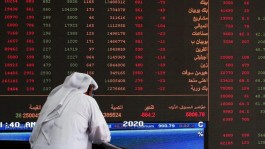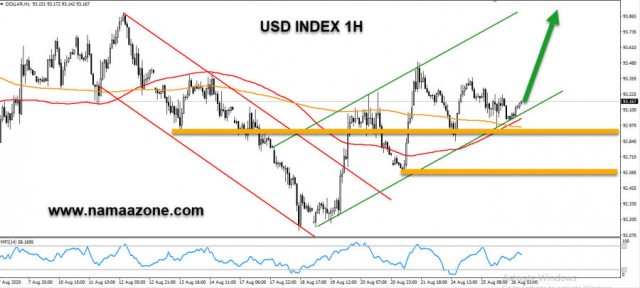The Financial Times expects the price of the dollar to collapse by up to 35% of its value by the end of 2021.
According to Arabiya Net, the newspaper attributed the causes to the collapse of domestic savings and a large deficit in the current account.
According to the figures, the net domestic savings, savings by consumption of households, companies and the government sector, have returned to the captive region for the first time since the financial crisis in the second quarter of 2020.
second-quarter net US domestic savings - -1.2%, 4.1 percentage points lower than in the first quarter, the largest quarterly drop in records dating back to 1947.
p>
> Not surprisingly, the current account deficit followed suit, pushing the current account deficit to -3.5% of GDP in the second quarter, 1.4 percentage points lower. From that in the first period in the biggest quarterly decline on record.
The newspaper mentioned how the dollar index previously declined by 33% in 1970 and in the mid-1980s and 28% between 2002 and 2012.
As for the Washington Post, it stopped at Trump's statement that the US stimulus talks had been postponed until after the presidential elections, which led to the decline of the Dow Jones Industrial Average by about 330 Point or 1.2%.
With the approaching US presidential election, bond markets in the world's largest economy are witnessing a sharp decline in the yield curve on debt instruments, an unmistakable sign that investors fear the Democrats will win In the upcoming elections.
and a report published by the Financial Times indicates that the significant decline in the US bond yield curve foresees the occurrence of a blue wave scenario, which is Biden's victory in the upcoming elections and expectations of tough monetary policies from The Federal Reserve accepted the election results.
In Tuesday's trading, the yield on US 5-year bonds was below the yield of 30-year maturities about 1.27% in the largest widening of the yield curve since 2016 amid a selling wave Recorded by investors for long-term bonds.











































